We might be at the dawn of a new era for Afghanistan. After decades of war there might be a true chance for peace. Decades of unprincipled governance has left the country impoverished and in disarray. The road to rehabilitate and to right the wrongs will be long but will need to start with the people. Destitute people see escaping their environment as the only way out of their situation. The right to education, to work and to have a decent life will give people a new outlook on their homeland. This will require providing them with education, jobs and a safe and supportive environment.
Historically, major cities have been the hub of services in Afghanistan, with smaller communities lacking the most basic of services, which creates a rift in the standards of living between the city and the “village” people. Usually smaller cities lack higher education, hospitals and transport services. This imbalance has led to gradual and massive displacements from rural areas to major cities, causing overpopulation and the deterioration of basic services in the cities. The key to reversing this flow and restoring the balance lies in giving the people the opportunity to earn a livelihood, get an education, and receive basic services in their own hometowns.
Education has always been a means for elevating one's status, especially in the Afghan community, where culturally a person is addressed in daily conversation by his profession rather than his name. The importance of an education is best witnessed annually in the Kankor exams. Kankor is the official national university entry exam, and 12th grade students gain entry to different academic programs based on their scores. Competition is fierce, with the majority of students vying for seats in medical and engineering faculties, given the prestige and change that these degrees can bring to their lives. The excessive demand for these programs has caused a boom in the educational business model and the spread of private universities.
In addition to the three main universities, Kabul University, American University and Polytechnical University of Kabul, which rank globally 6084, 6629 and 8634 respectively, 92 other universities have been established all over Afghanistan with the majority concentrated in the Kabul area and most falling below the 10k mark in the world ranking. The spread has addressed the quantity but not the quality.
With these thoughts in mind, about nine years ago on one of my trips to Afghanistan and on the way to our village in Wardak, which is about 40 kilometers from Kabul, I passed through a vast land and was overwhelmed with the vision and the potential that the land presented.
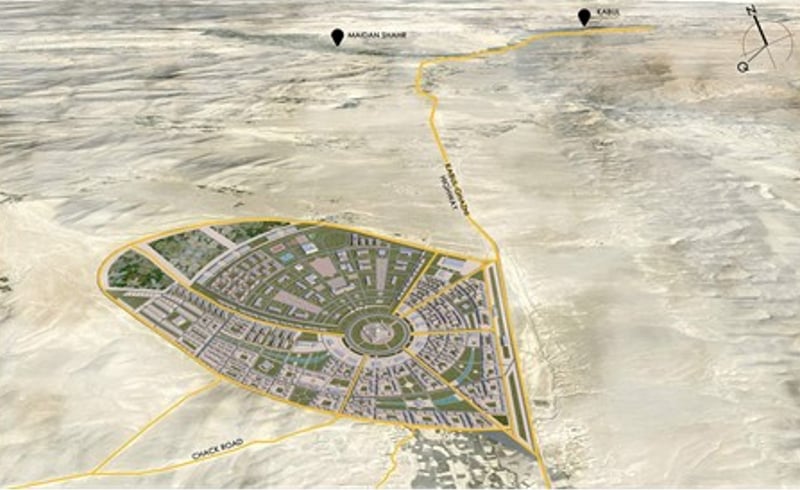
In my career I have built schools, universities and all levels of governmental buildings abroad and it has always been a goal to give back to my community, to play a part in giving the next generation opportunities and hope for a better life. The vision was to provide a solution that addresses the community’s educational and services needs, something that could provide jobs and be a long-term solution. After much research, study and deliberation, the idea of a university and hospital for Wardak was formulated.
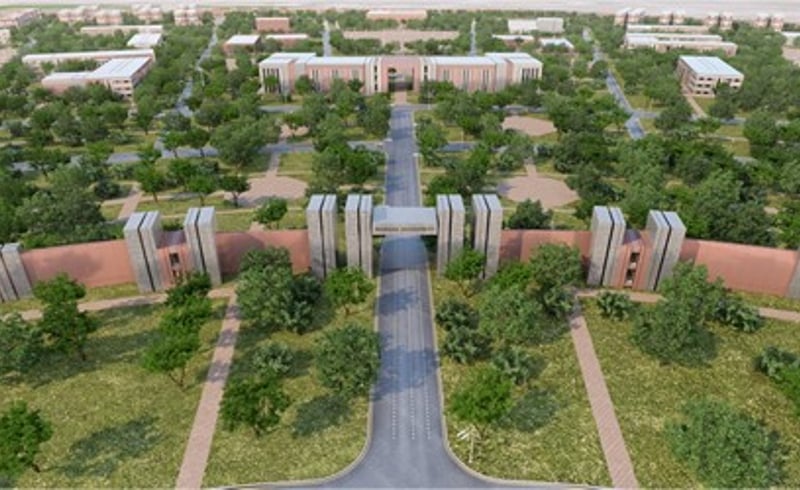
Through further studies, the university idea morphed into that of a small self-sustaining education city. At this point we have done many studies for the planning of this city. Coincidentally, the previous government announced a similar project without much success or anything to show for it before the government’s demise.
Today I would like to share part of my design with you and I can promise that I will spare no effort to make this a reality. This is not only for Wardak—it can also be an example for other war-torn districts. This model could be expanded as necessary to provide a space for the repatriation of refugees.
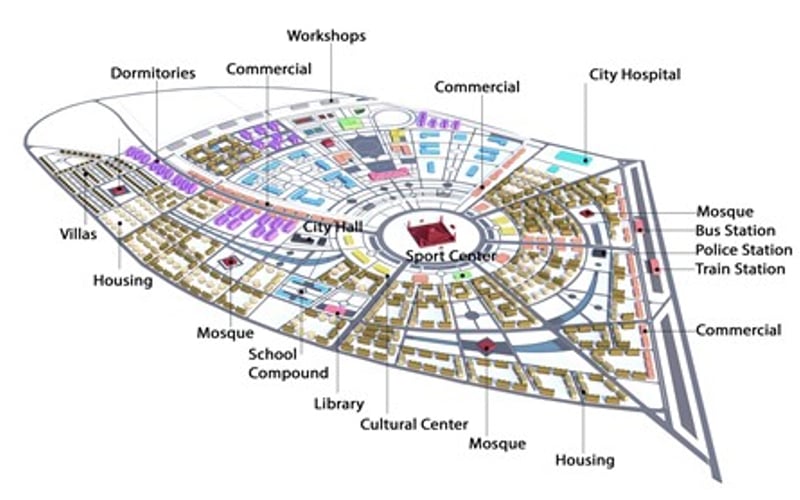
In principle, this is a small town with a residential component for the staff, and dormitory for the students, with the possibility of expansion for retail and industrial businesses. The city will house in its center an iconic main mosque surrounded by schools, kindergartens, land for single and multi-family houses, and an industrial park and shops for the community's daily needs as required by the city's future expansion.
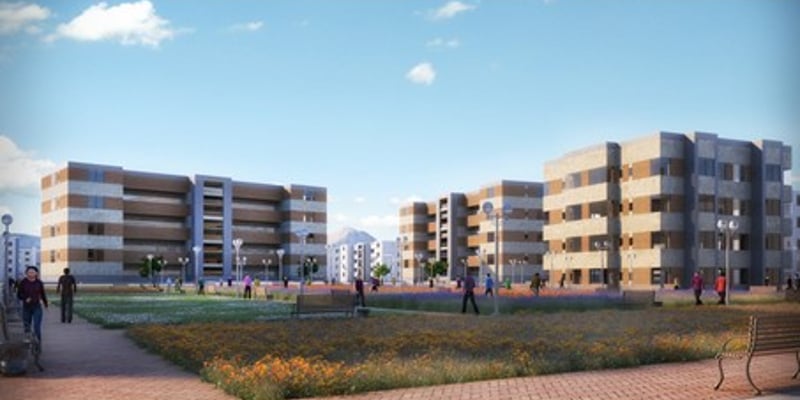
The design of the university will be respectful of Afghan and Islamic norms and values. Female students will have fair and similar education opportunities as their male fellow students. Gender segregation and physical separation will provide a safe and respectful environment for female students to thrive. For more demanding disciplines where society can heavily benefit from female participation—such as medicine and education—separate women-only faculties can be established.
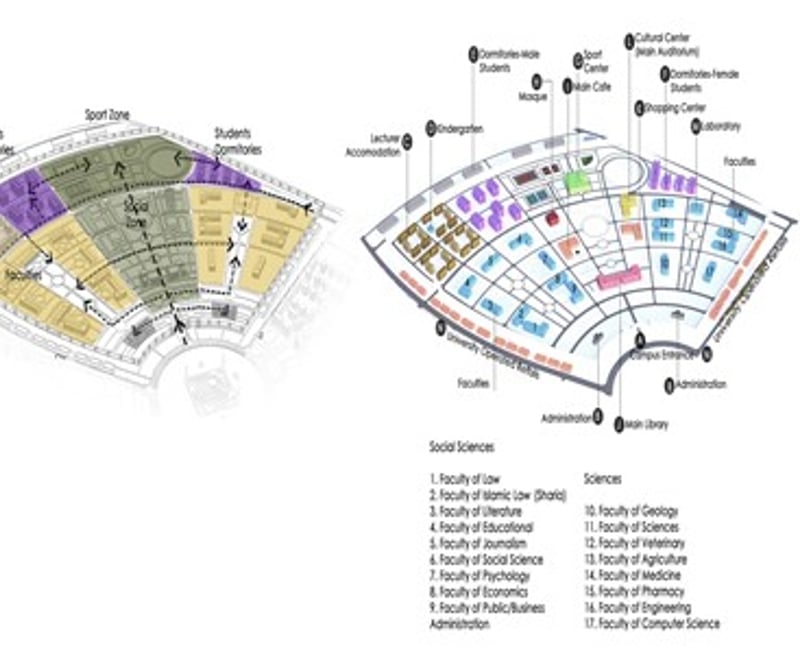
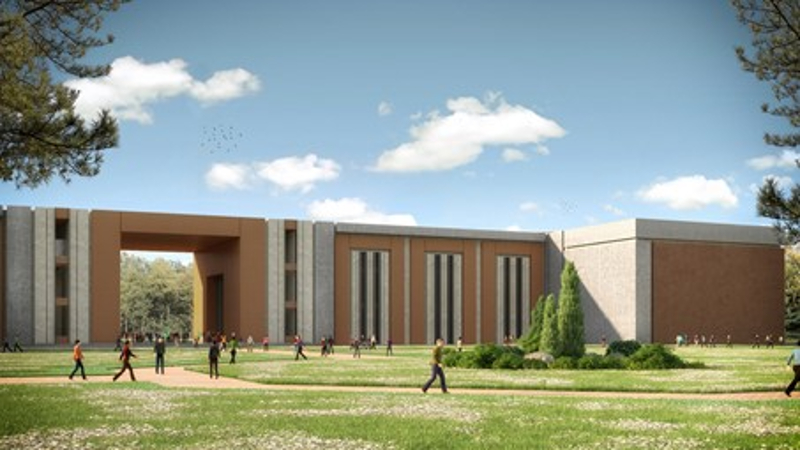
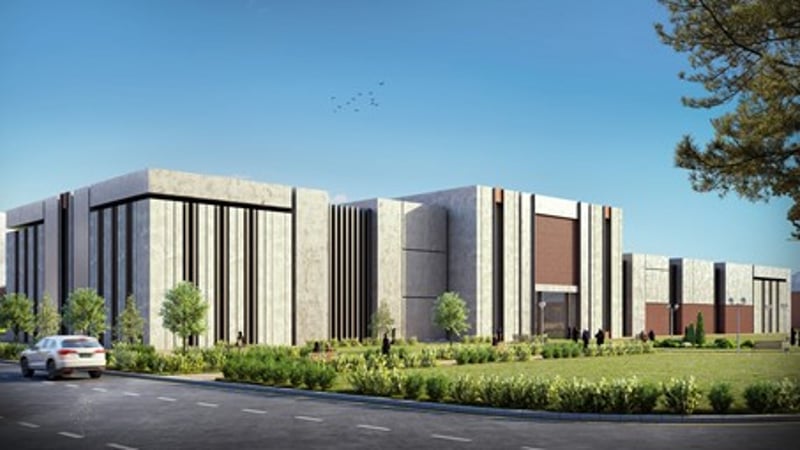
This is an opportunity not only for Afghans but for all those who are interested in the betterment of Afghan lives and the promotion of Afghan women’s rights to lend a hand and make this initiative a success.
Wahid Halimi is an architect born in Afghanistan, in the province of Wardak, and is a graduate of Hamburg University in Germany. He served as the lead architect in the Private engineering office in the state of Qatar prior to establishing architectural offices in Hamburg, Doha, Istanbul, Toronto, Madrid and Amman. His offices offer an array of services covering governmental, institutional, hospitality and heritage restoration projects.
The views expressed in the opinion pieces are not endorsed or necessarily shared by TOLOnews.
Contributors are responsible for the accuracy of the information in an opinion piece, but if it is discovered that information is not factual, a correction will be added and noted.

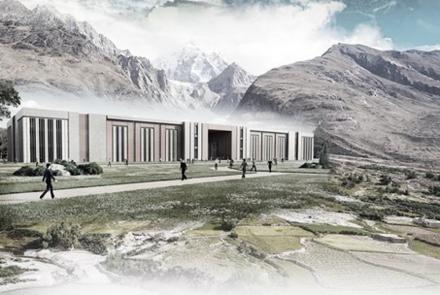
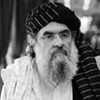
Comment this post